ACRI’s latest research report outlining the findings of lab testing of visual stimuli for attracting the attention of road users at level crossings was recently circulated to ACRI Participants.
Seeking to inform the issue of unintentional blindness or ‘looked-but-failed-to-see’ incidents at level crossings, ACRI’s research set out to test new rail level crossing light configurations under laboratory conditions, as an initial proof of concept. The intention was to identify the configurations that show the greatest promise for further testing under real-world conditions. The focus was on lighting position and levels of brightness.
Included in this work commissioned from the University of the Sunshine Coast was an overview of the legislative frameworks and standards and technical specifications applying to level crossing lighting configurations in Australia, New Zealand and further afield internationally.
A range of potential flashing and brightness configurations was made available for review and comment from ACRI research program participants and selected wider rail industry experts. This encompassed respondents from regulatory bodies, government agencies, rail industry suppliers and rail infrastructure managers.
A shortlist of four was selected for laboratory testing and this has greatly informed planning of the next stage, potentially involving simulator studies and field trials of these configurations.
